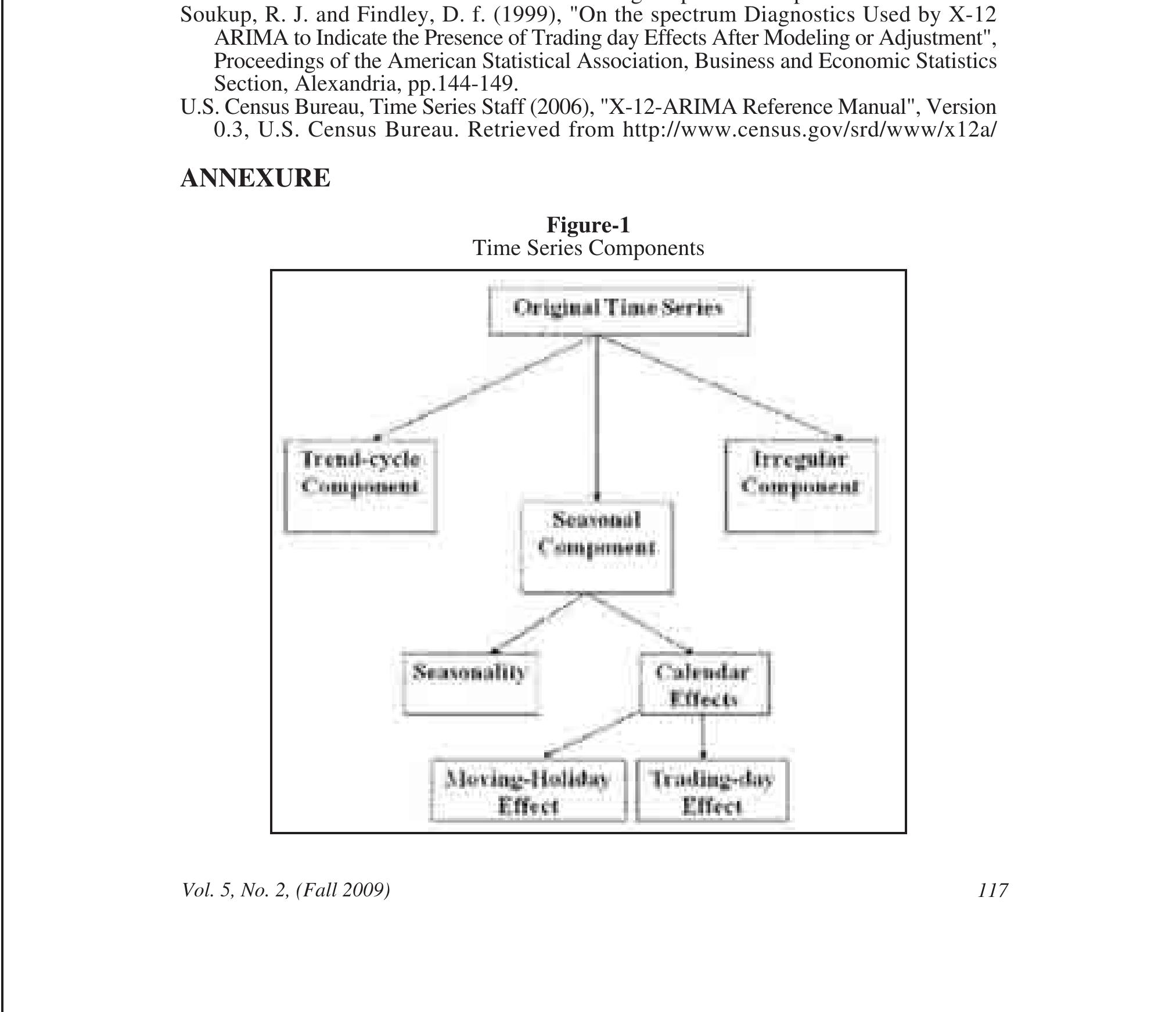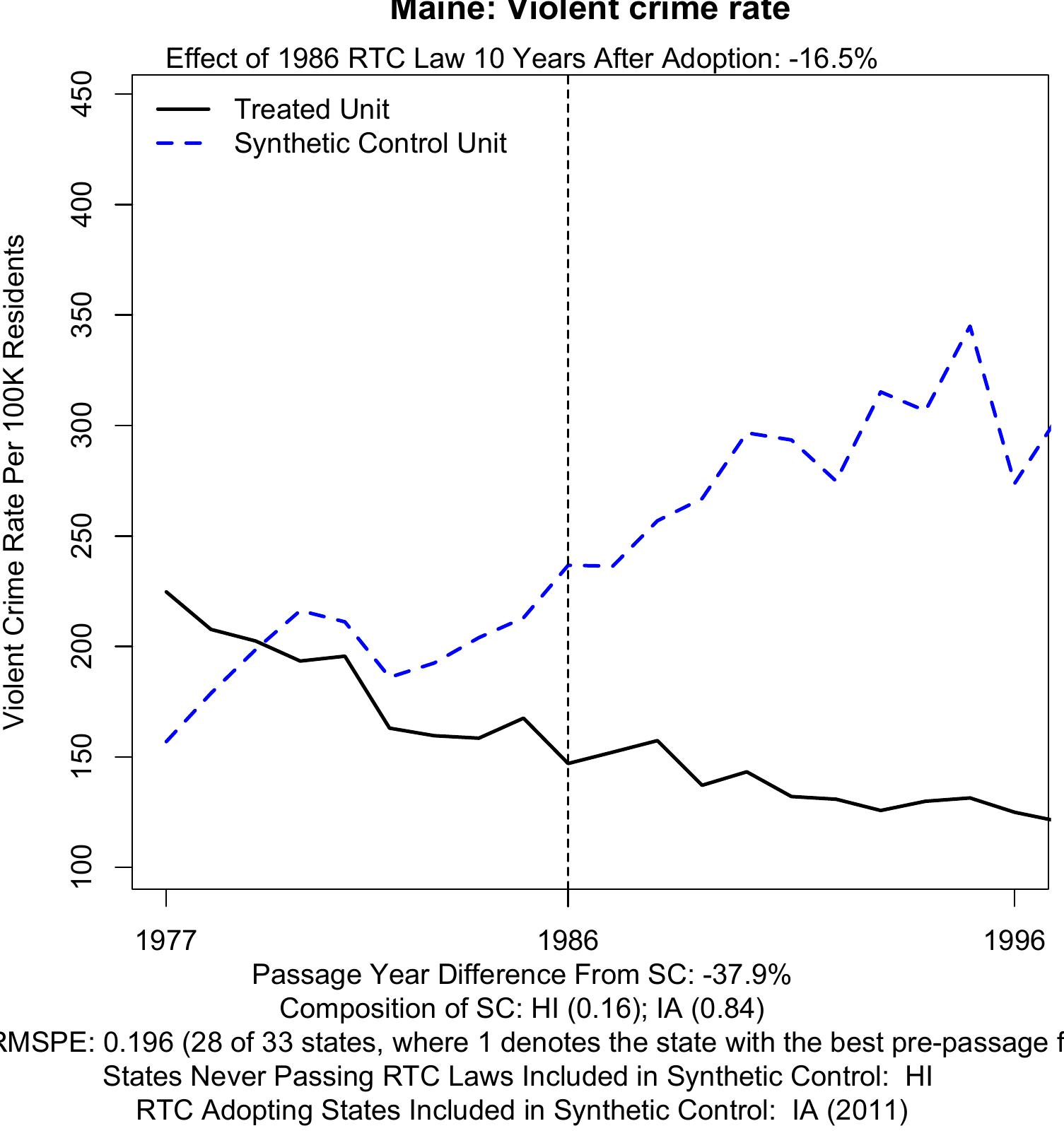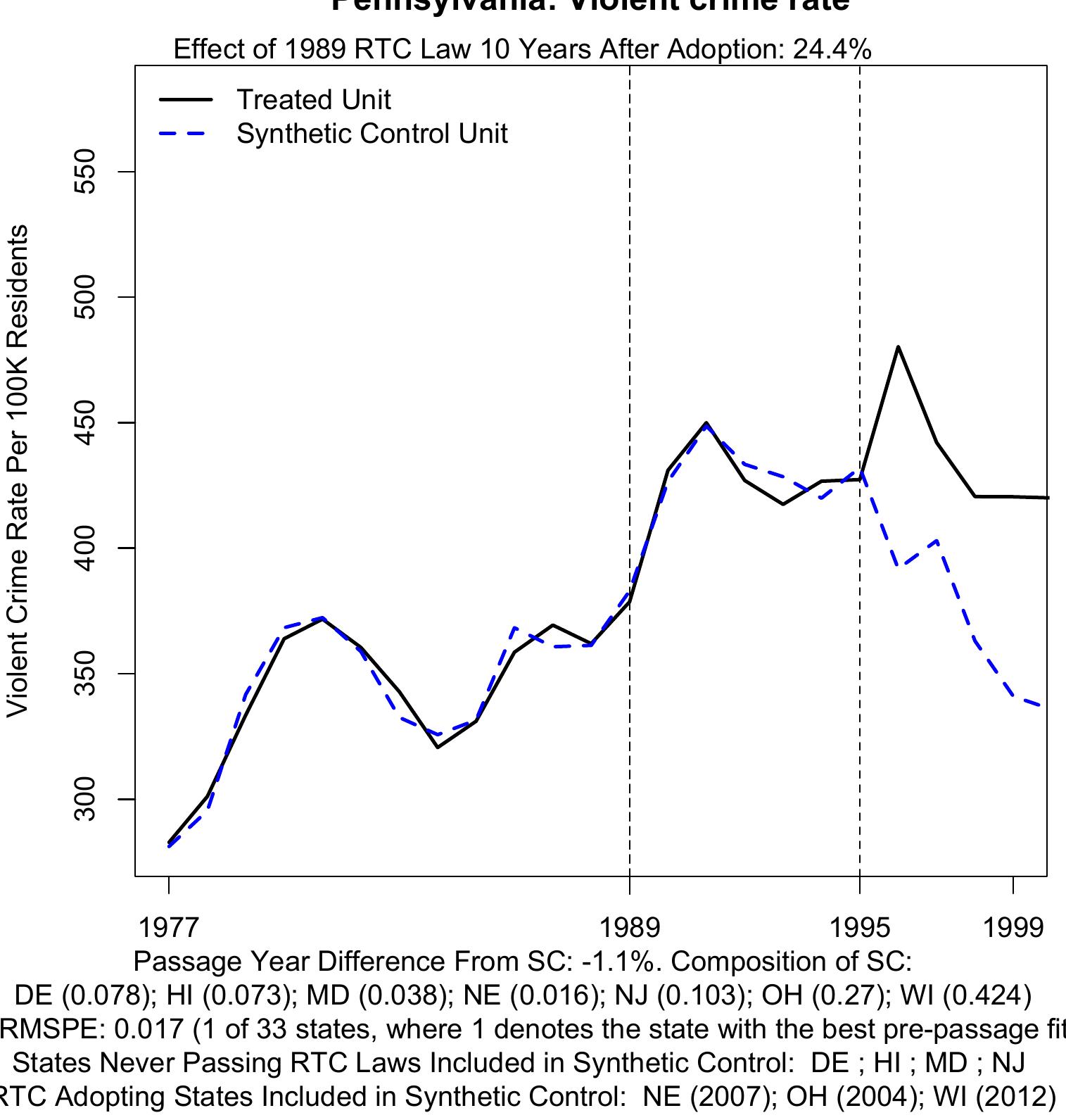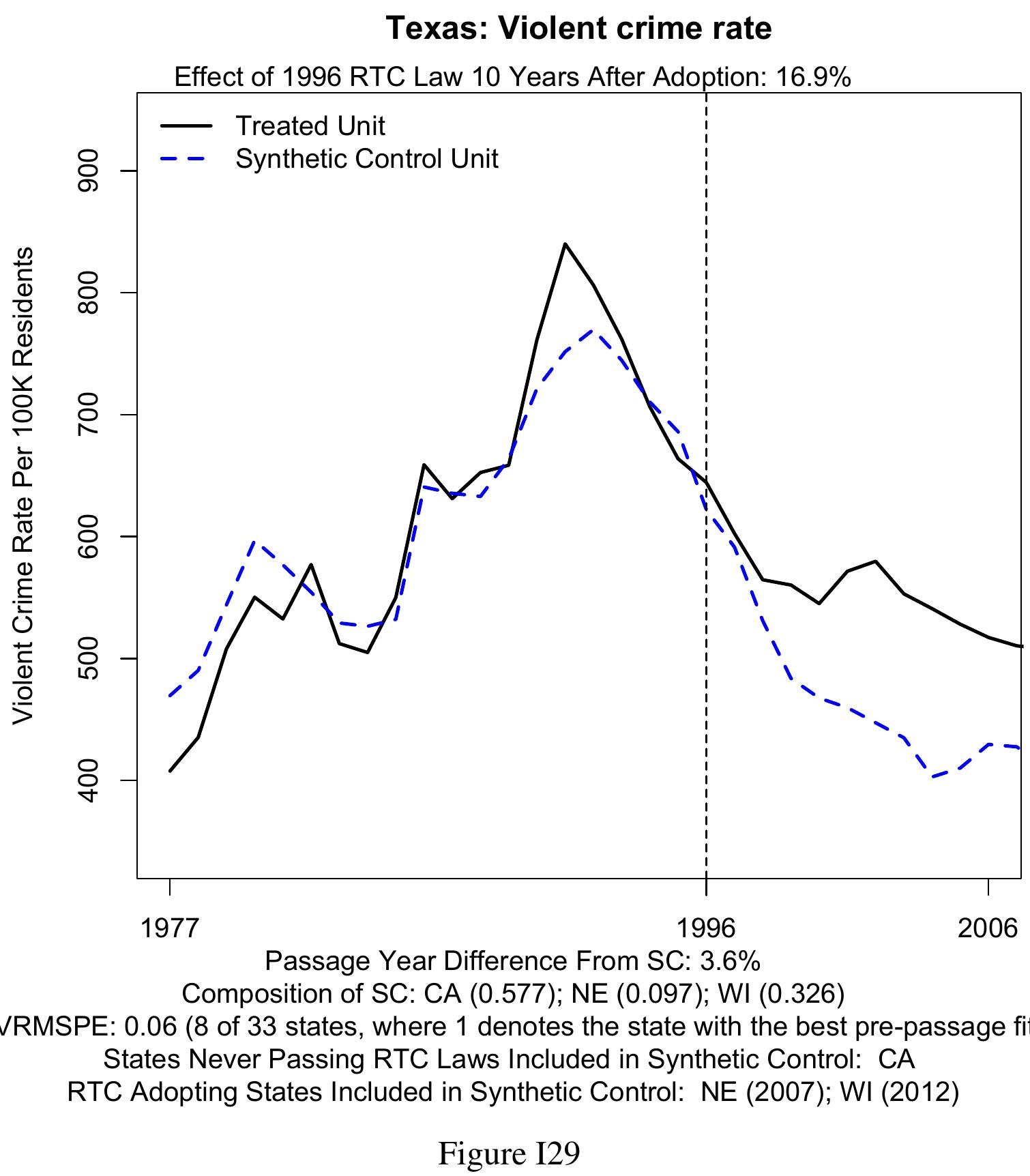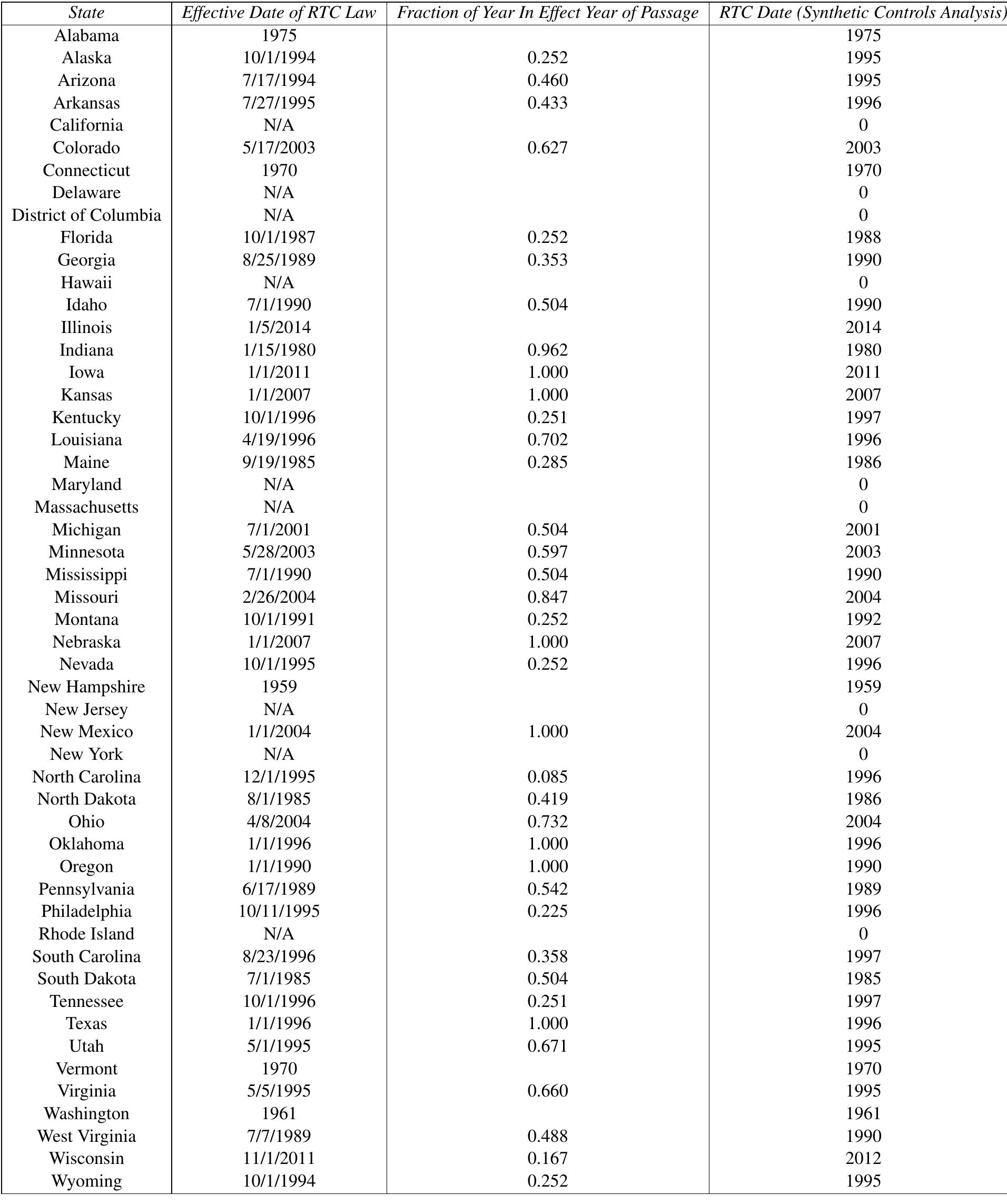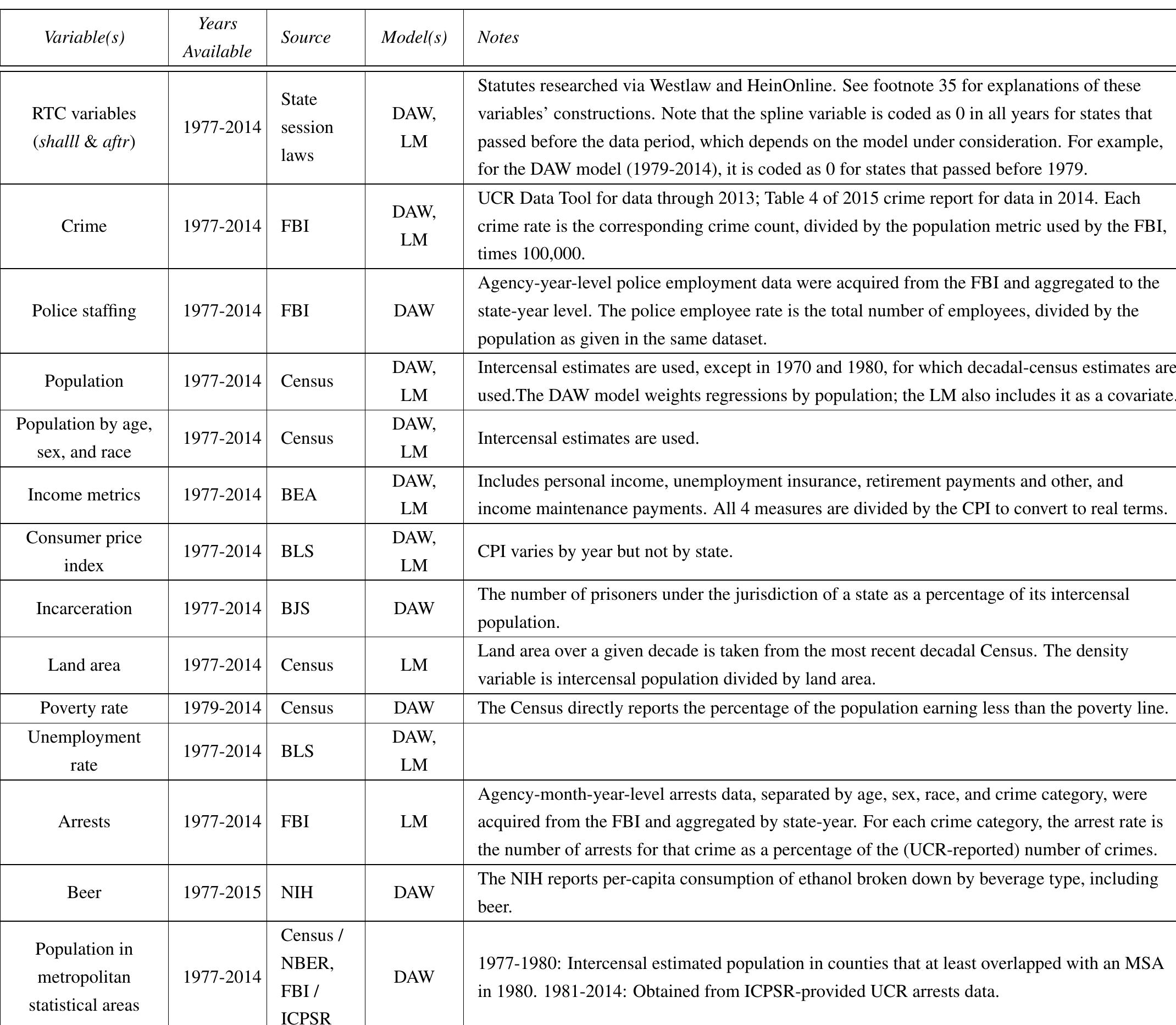This book is a review and description of the state-of-the-art methods of tree-ring analy~is with specific emphasis on applications in the environmental sciences. Traditionally, methods of tree-ring analysis, or more properly in this case...
moreThis book is a review and description of the state-of-the-art methods of tree-ring analy~is with specific emphasis on applications in the environmental sciences. Traditionally, methods of tree-ring analysis, or more properly in this case methods 0/ dendrochronology, were developed and used for dating archaeological and historical structures and for reconstructing past climates. The classic book Tree Rings and Climate, by H.C. Fritts, published in 1976, provided a superb introduction to the science and an in-depth description of techniques useful for extracting climatic information from tree rings. This book, which was published by Academic Press, is sadly out of print and, even though only 12 years old, limited in its methods and applications. This is owing to the extremely rapid development of the science since the 1970s. Only recently have tree rings as environmental sensors been fully recognized as a valuable tool in detecting environmental change. For example, treering measurements have been critically important in studies of forest decline in Europe and North America. There are also attempts to use tree-ring analysis for ecological prognosis to solve large-scale regional problems including the sustainability of water supplies, prediction of agricultural crops, and adoption of silvicultural measures in response to ecological changes. More speculatively, dendrochronological methods are also used for dating and evaluating some astrophysical phenomena and for indicating possible increase in the biospheric carrying capacity due to increased atmospheric carbon dioxide. Such a wide range of application of modern dendrochronology beyond its traditional field has resulted in the development of various approaches. This has placed heavy demands on methodological unification and improvement. However, the principles and methods of tree-ring analysis are not widely known by scientists outside the field. In addition, papers on the application of tree-ring analysis are not always easily accessible as they are scattered in a wide range of journals, many of which are non-English. Therefore, an attempt to meet these vi Pre/au demands is being made through international cooperative efforts among the International Institute for Applied Systems Analysis (IIASA) and leading dendrochronological bodies, such as the International Tree-Ring Data Bank (ITRDB), the Dendrochronological Commission of the Academy of Sciences of the USSR, the International Project in Dendrochronology (IPID) , as well as leading dendrochronology laboratories in countries around the world. As a result of these activities, an international network has been established, East-West collaboration of scientists has been fascilitated, several international workshops on dendrochronology (Albena, Bulgaria, 1985; Cracow, Poland, 1986; Irkutsk, USSR, 1987) have been organized, and, finally, this bookan international multi-author monograph, Methods of Dendrochronology: Applications in the Environmental Scienceshas been prepared. The book begins by describing the historical development of dendrochronology in countries in the West and East, and in the Northern and Southern Hemispheres. Chapter 2 introduces and defines the most important principles and methods for primary data collection and sample treatment. Chapters 3 and 4 cover the basic principles of tree-ring chronology development and methods of climatic reconstruction. Chapter 5 treats tree-ring/environment interactions and detection. Chapter 6 describes applications of dendrochronology in the study of future environmental changes. Therefore, this book fills existing gaps by bringing together, in one volume, an updated range of principles, concepts, and methods that will introduce the reader to the vast possibilities of tree-ring analysis. The emphasis is on reviewing old and new methods for extracting environmental information from tree rings. Considerable effort has been made to provide examples of the different methods especially when they are new or not well known. The book is international in scope. Each chapter includes contributions from several scientists around the world with experience in the Northern and Southern Hemispheres. Scientists from the United States, the Soviet Union, the United Kingdom, the Federal Republic of Germany, and France are chapter leaders. The authors and editors hope that this book will become a reference for foresters, climatologists, and broad-profile environmental scientists who are interested in applying the techniques of tree-ring analysis. As the importance of the science continues to expand in parallel with increasing global concerns about anthropogenic alterations of the environment, this book should appeal to a wide audience. This publication on dendrochronology so wide in scope, particularly with respect to the East-West dimension, is a first, and the authors and editors are aware that some gaps or inequalities in the reviews of separate methods or preferences given to their applications may occur. That is why a truly international bibliography is included to direct readers to the most recent data sources or method descriptions, and to provide more in-depth reading for the interested scientist. The editors remain indebted to colleagues at IIASA, particularly to Olivia Volker. Also, we are grateful for the help provided by two tree-ring laboratories in the USA: Lamont-Doherty Geological Observatory (G.C. Jacoby) of Columbia University and the University of Arizona Laboratory of Tree-Ring Research Pre/tM:.e vii (H.C. Fritts, W.J. Robinson, and M.K. Hughes). In addition, we are indebted to colleagues from the Dendroclimatological Commission of the Academy of Sciences of the USSR, who have played a very important role in the preparation of this book. The following people deserve special mention for their important contributions to the development, preparation, and critical review of this book.


